You might not want to invite snakes into your yard, even though many of them are safe for people and can even be beneficial to gardeners (think of them helping to control troublesome rodent populations). One possible strategy to keep snakes away is to add plants that repel them.
It is better to use plants as a component of an integrated pest management strategy. Strong anecdotal evidence supports the use of some species, according to studies. There is, however, little scientific evidence supporting their efficacy. Reduce hiding places and eliminate food sources (such as rats and mice) to keep snakes out of your yard.
All 30 of the plant species listed below have the potential to discourage slithering snakes with their texture or aroma, so you might want to include them in your arsenal of snake-repelling plants.
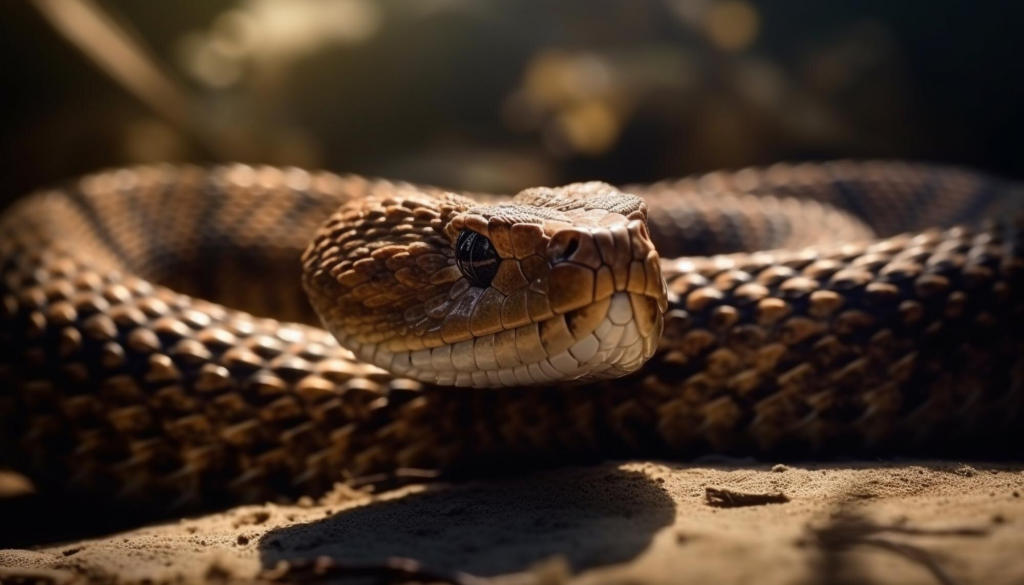
1. Bitter Melon
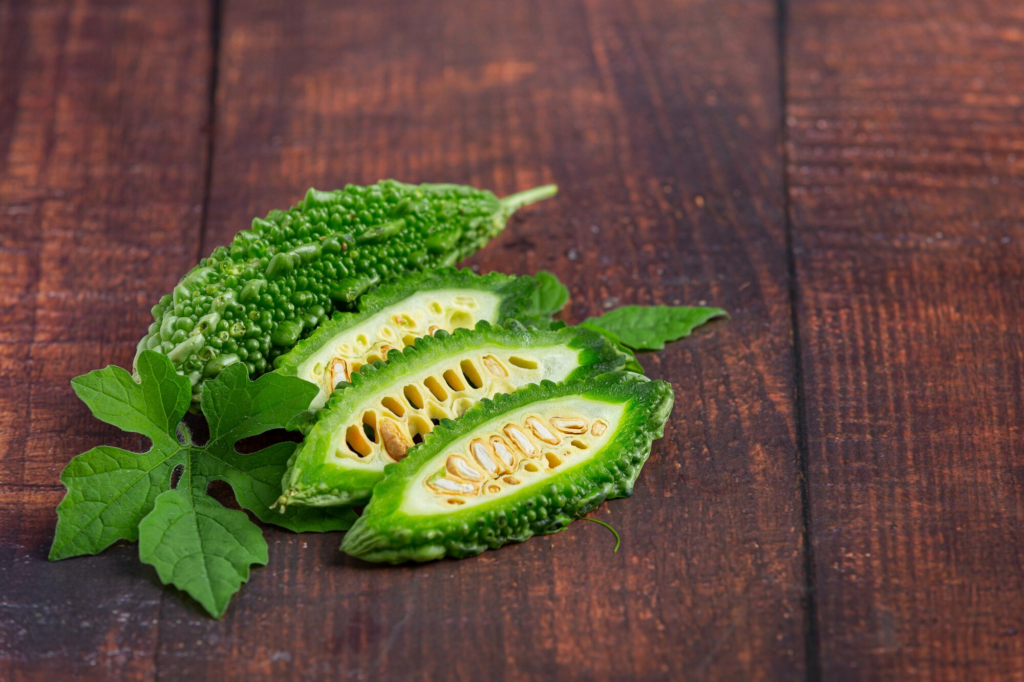
Are you trying to find a plant for your vegetable garden that will keep snakes away? Why not give Mordica charantia, a bitter melon, a try? In India, where it originated, gardeners frequently utilize it for this reason.[1]
This tropical fruit is edible and belongs to the same family as cucumbers and squash. It has a sweet red inside and a bitter outer skin when ripe. In USDA hardiness zones 9 to 11, this vining plant thrives as a perennial in full sun and wet, well-draining soil. Another option is to grow it as an annual. Grow this plant on trellises to prevent decay.
2. Bitter Kola
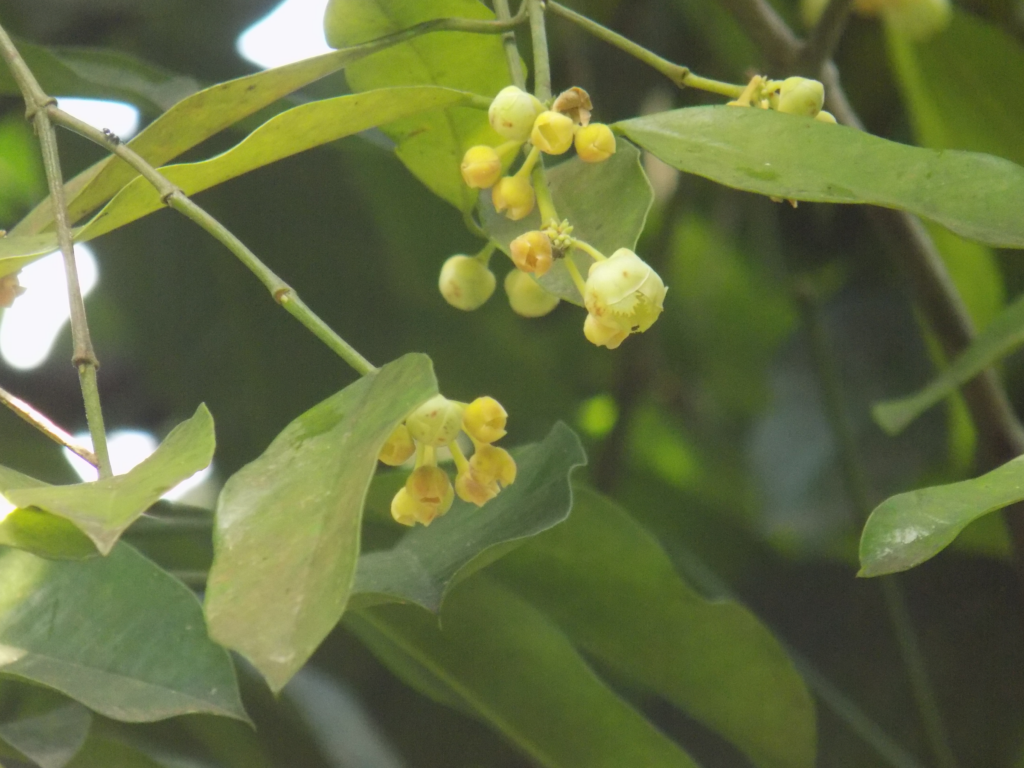
In tropical Africa, the evergreen flowering tree known as bitter kola (Garcinia kola) is grown for a variety of uses. People frequently crush the tree’s seeds to keep snakes away, and its astringency may be the cause of its possible snake-repelling qualities.[2] [3]
Outside of its native country, this tree is uncommon. Because it may grow to well over 50 feet, it is also best suited to large yards. The bitter kola tree, which grows in USDA hardiness zones 10 to 12, likes part-shade and soils that are consistently moist.
3. Cayenne Pepper
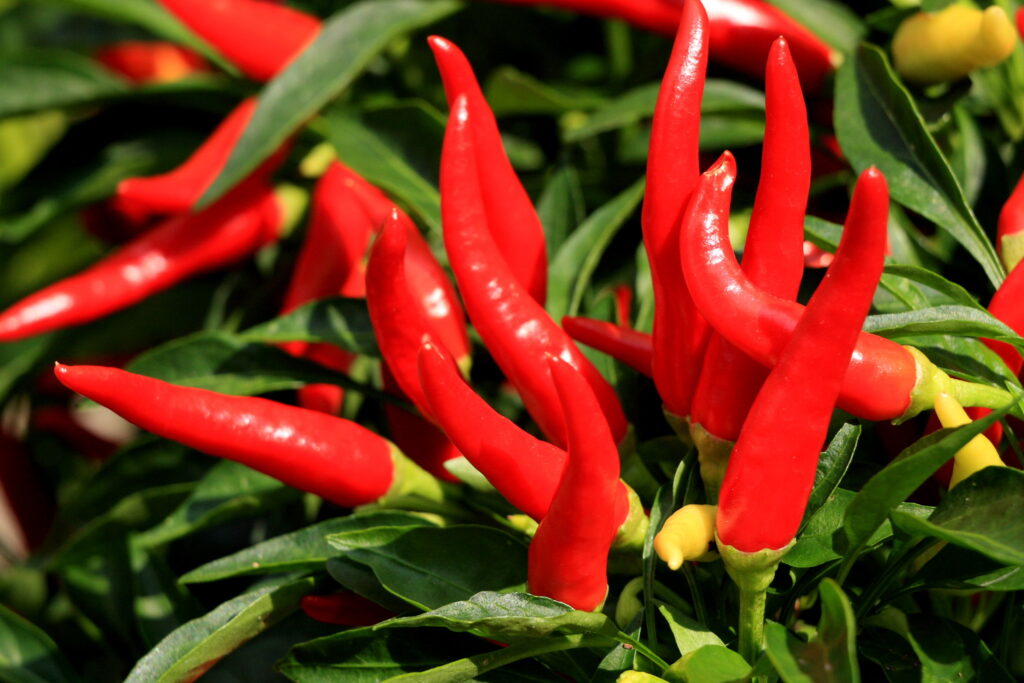
Snakes may be deterred by the potent scent and scorching flavor of cayenne peppers (a cultivar of capsicum annum) if you gather the seeds and scatter them over your yard. [3]
Reapplication will need to be done on a regular basis, particularly after rain. These bushy, heat-loving perennials can grow up to 4 feet in height. They require wet, well-draining soil and full sun to thrive in zones 9 to 11. In colder climates, they are also simple to grow as annuals. A few months after sowing, the seeds ought to be ready to be dispersed.
4. Chaste Tree
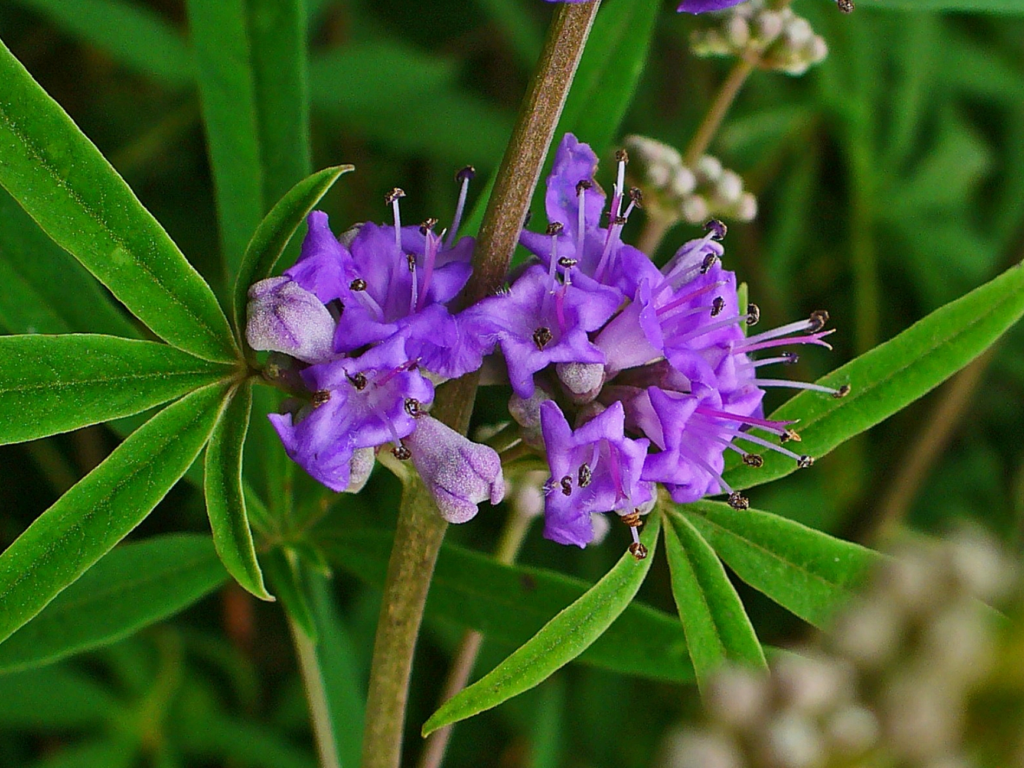
The deciduous shrub known as the chaste tree (Vitex negundo) may have snake-repelling qualities. [4]
It is a heat-loving species that thrives in full sun and loose, wet, well-draining soil and is grown in zones 6 to 9. In the middle to late summer, chaste trees, which can reach a height of ten feet, bear clusters of tiny, lovely, fragrant, blue-purple blossoms that draw bees and butterflies.
5. Cinnamon Plant
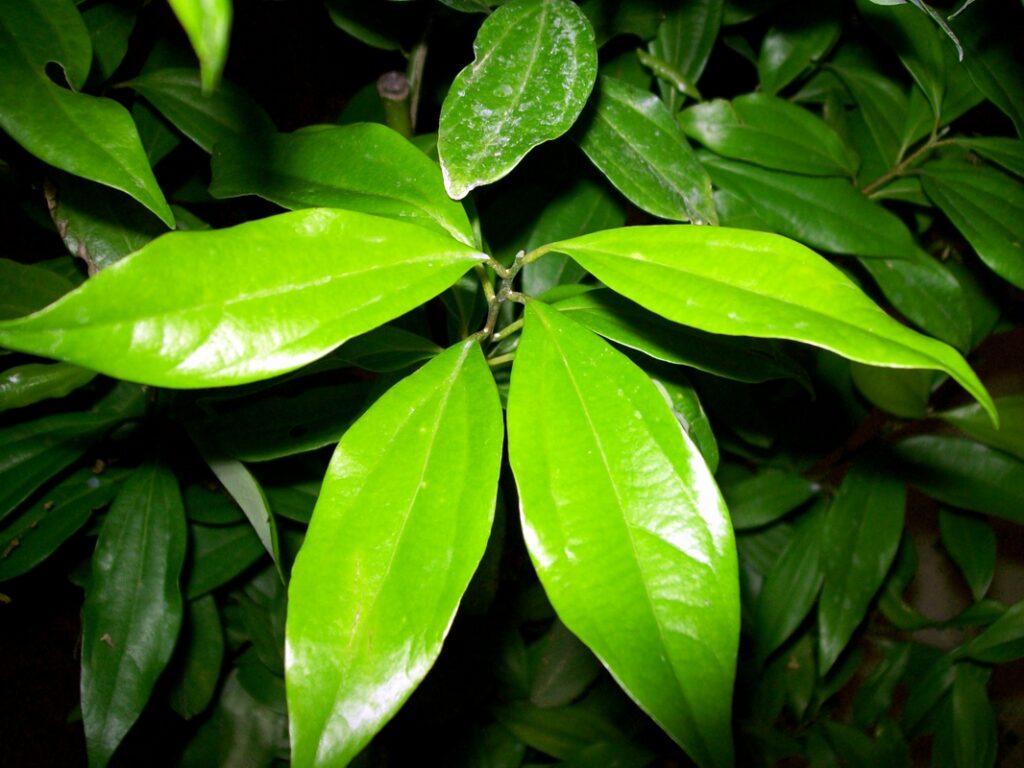
Planting a cinnamon tree or bush in your yard may help keep these reptiles away because commercial snake repellents occasionally contain aromatic cinnamon oil. [5]
Choose your cinnamon carefully, even though certain species can grow slowly. Instead of a species that may grow up to 60 feet tall, you should choose a tiny shrub for a small yard. Full light and evenly wet, well-draining soil will be ideal for the glossy foliage and summer-blooming white flowers, which grow in zones 10 to 12.
6. Citronella Plant
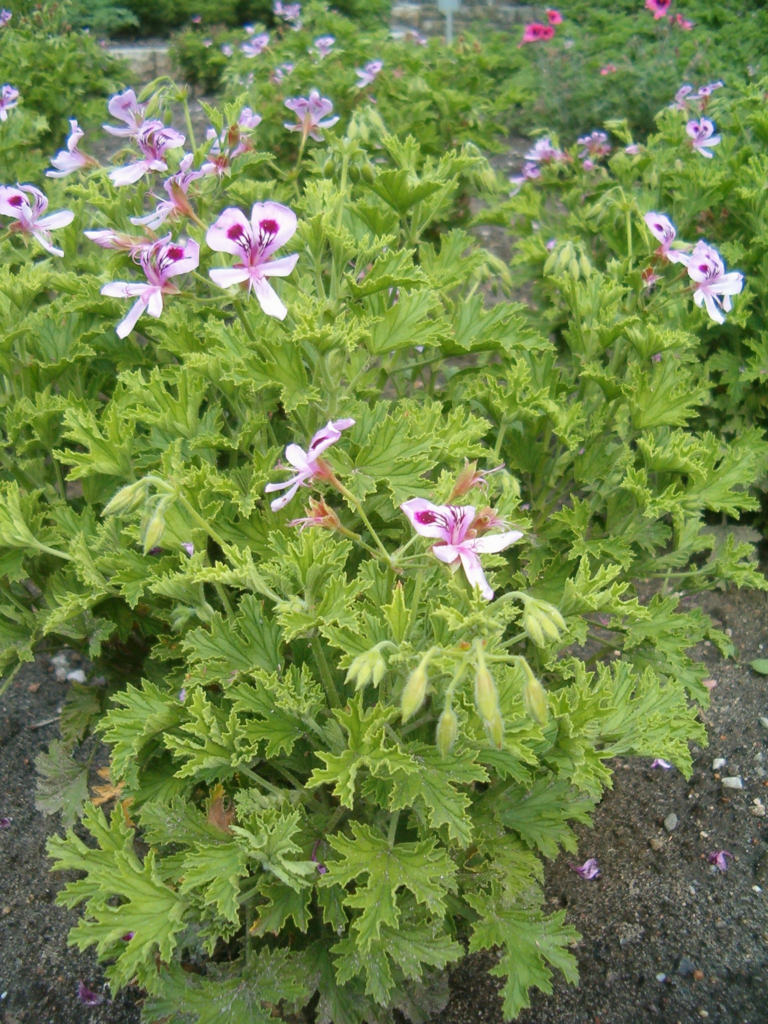
It appears that the oils in the citronella plant (Pelargonium citrosum ‘van Leenni’) have the ability to repel mosquitoes and snakes.[6] The plant itself may not be a strong deterrent unless you constantly break some of the leaves.
These small plants are easy to cultivate in warm, sunny locations and have lovely leaves that give your landscape texture, even if that doesn’t help.
7. Clove Trees
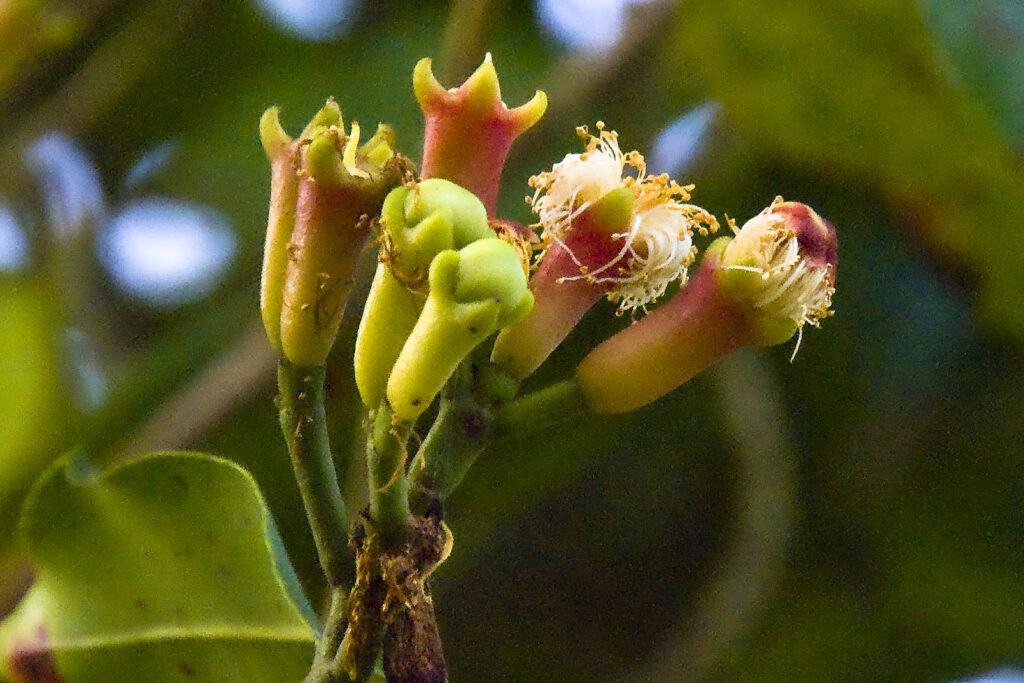
Commercial snake repellents frequently contain clove oil, also referred to as Eugenol. [5] Even if the repellent qualities of clove trees (Syzygium aromaticum) are unknown, if you choose to plant one and it doesn’t work, you’ll still have a lovely landscape specimen.
Clove trees are long-lived, slow-growing trees with fragrant leaves and pretty reddish-pink flower buds. They can reach a height of 30 feet if planted in full to partial sun in well-draining, uniformly moist soil in hardiness zones 11 to 12.
8. Epazote Plant
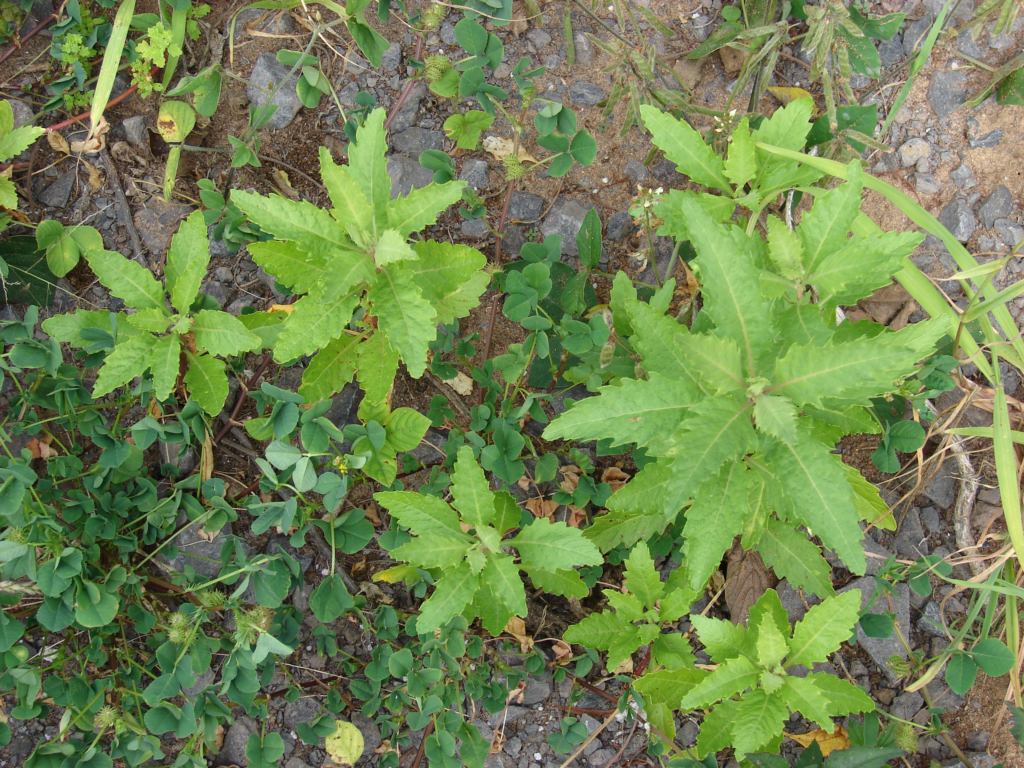
Though its strong flavor is usually a learned taste, epazote (Dysphania ambrosioides) is an edible herb. Additionally, it occasionally smells like a skunk. This is perhaps the reason why some West African sociocultural groups have selected it as a plant that repels snakes. [1]
Epazote grows quickly and easily in hardiness zones 8 to 10, as long as you provide full light and soil that drains well and is consistently moist. Note that epazote is only edible in its leaves. Both humans and pets can be poisoned by the other plant parts, particularly the seeds. [7]
9. Hawaiian Baby Woodrose
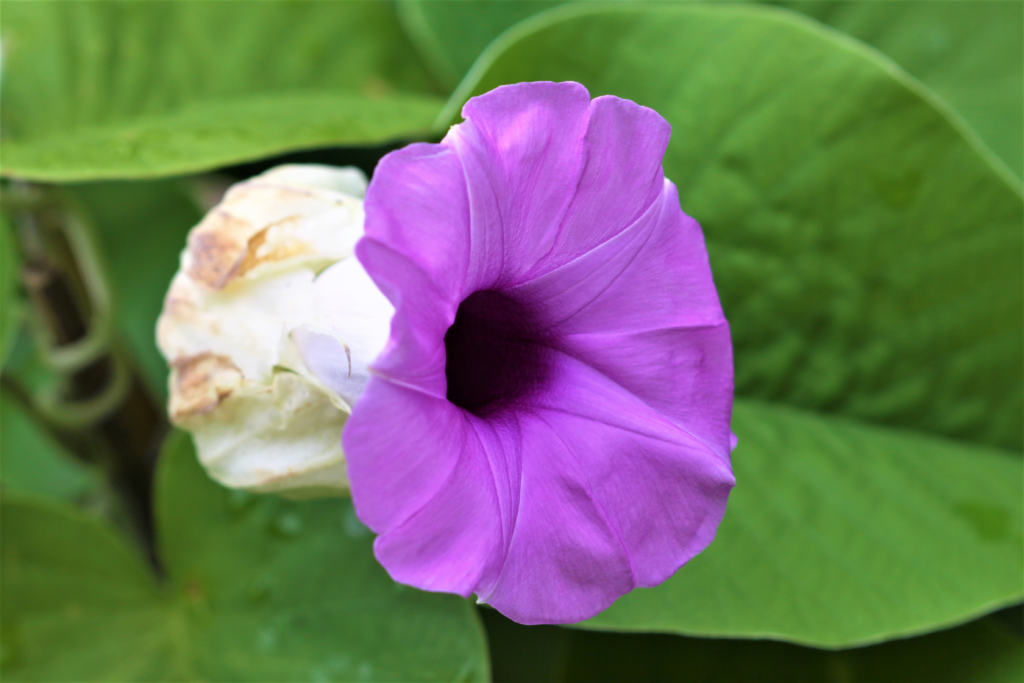
The tropical climbing shrub known as Hawaiian baby woodrose (Argyreia nervosa) has lovely, big, pink, tubular blooms. Under ideal circumstances, the creeping tendrils of this quickly growing plant can grow up to 30 feet in length.
Communities in Ghana have reportedly used these vines as snake repellents because the creeping leaf growth frightens the reptiles. [2] This plant thrives in full sun and moist, well-draining soil in tropical and subtropical climates. In Hawaii, the species is invasive. [8]
10. Garlic
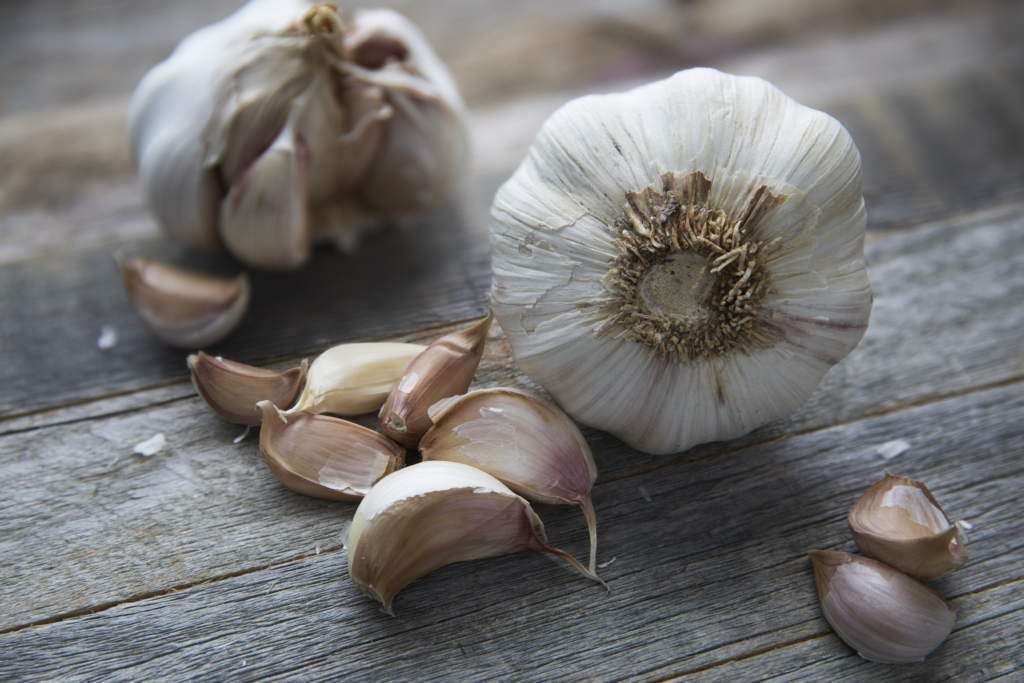
Allium sativum, or garlic, is a common edible and fragrant bulb that may be grown in gardens in hardiness zones 4 through 9. In West African rural communities, a crushed bulb infusion is sprinkled over properties to keep snakes away.[2][3]
Even the plant’s aroma may serve as a deterrent. Choose a location for your garlic plant that receives full sun, soil that drains properly, and consistent rainfall. Before harvesting, the soil should ideally dry out for two to three weeks. Keep curious cats and dogs away from the planting area since garlic is poisonous to pets. [9]



